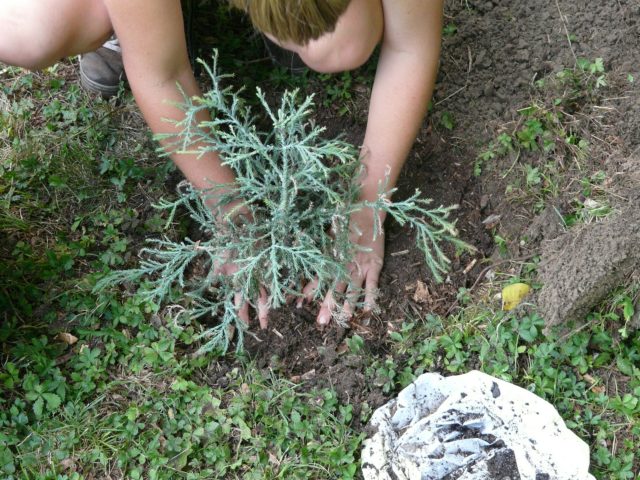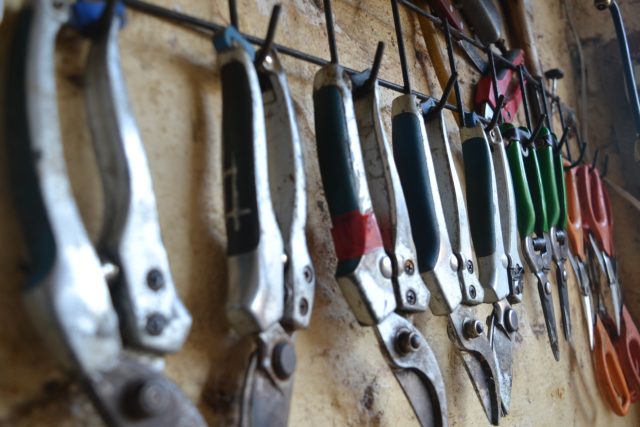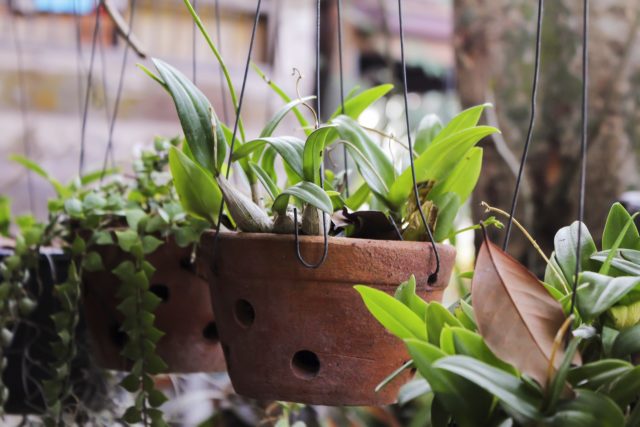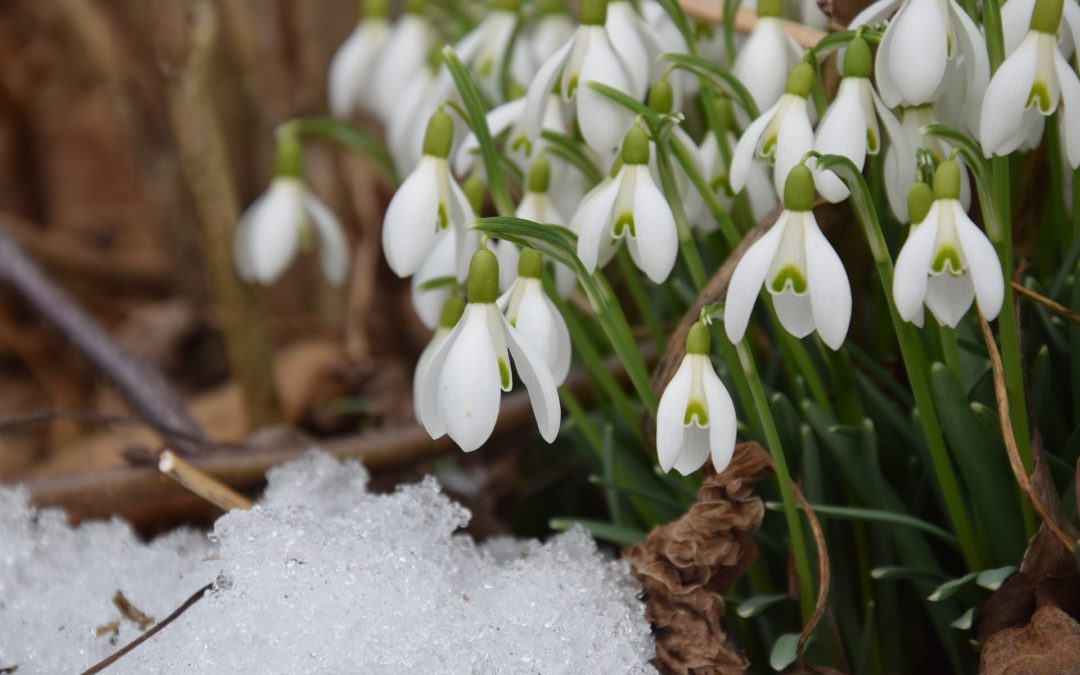Seed Starting
Check viability of last year’s seeds. Place a half dozen between a damp paper towel, lay on warm surface, and monitor for sprouting.
Start annual seeds indoors:
- Sprinkle seeds over top of peat pods, seed-starting trays filled with fresh potting soil. Barely cover.
- Once sprouting occurs relocate to spot close to sunny window or beneath grow lights
Growing from seed allows you to try a wider variety than you will find as seedlings at the garden centers. The seed starting time is determined by the plant’s growth rate and the average last frost date for the Memphis area which is March 22nd.
INDOORS sowing:
- 8 weeks before last frost – sow now (!) – sweet peas, poppies, larkspur, cabbage, broccoli, eggplant, lettuce, peppers
- 6 weeks before last frost – a.s.a.p. – perennial flowers, tomatoes, watermelon
- 3 – 4 weeks before last frost – (late-February) – cucumbers, squash, pumpkins, muskmelon
OUTDOOR sowing:
- 2 – 3 weeks before last frost – (early March) – poppies, cornflowers, candytuft, larkspur, phlox drummondi, basil, corn, cucumbers, pumpkins, squash,
- 2-3 weeks after last frost – (early April) – basil, cutting flowers, corn, cucumbers, pumpkins, squash
- 3 – 4 weeks after last frost – (late April) – all bean varieties
February Plantings
The last two weeks of the month are important for planting in order to give plants ample time to make a good root system before hot weather arrives.
- Dogwoods – need good drainage and shallow planting in acid soil is preferred.
- Broad-leafed evergreens – February ideal time to plant magnolia, holly, and photinia
- Perennials – may be divided and transplanted.
- Roses – soon after February 15th – applies to both new roses and moving old ones.

Ornamentals
- Fertilize spring bulb areas with an application of 8-8-8 (1 level tablespoon per sq. foot) or 10-10-10 (1 rounded teaspoon per sq. foot). Water-soluble fertilizer can also be used.
- In general, fertilize gardens the end of February to early March.
- Touch-up mulching should be done at the end of February as the first line of defense against annual weeds by excluding light and preventing germination.
- Winter weeds thrive now – get out and pull them before they throw off seeds – bitter cross, henbit, chickweed, and others. [look on “Google Image” to help identify these]
- Decide on what perennials are to be divided and have a “plan” as to where to put them before digging.
- Bare root may be available in February or early March and, if beds are workable, can be planted at this time. They can also be potted in containers in February to allow them to get acclimated, and be planted in the garden later.
- Hydrangea (Annabelle’s) – hard prune – reduce stems will yield bigger flower clusters.
- Remove any other winter mulch from around crowns of perennials – best done on a cloudy day to prevent burning of tender pale growth.
- Press back into the ground any perennials that frost heaved over the winter
- Cut back plants that were left for winter interest.
Trees – Shrubs – Lawns

- Spraying
- Spray broad-leafed evergreens, especially camellia, holly, photinia and euonymus if infected with scale.
- Use a dormant oil spray if temperature is above 40º and below 80º
- Fertilizing
- Fertilize trees and all but spring flowering shrubs such as azaleas, forsythia, camellias.
- A good chemical fertilizer is 10-8-6. Slow release fertilizers are the most effective.
- Pruning Fruit Trees
-
- Apple and pear trees are the most resilient when it comes to timing issues with pruning. Anytime between January and late March is a good time to prune them.
- You should wait a bit later in the winter (March) for pruning peach and plum trees as they are more sensitive to cold injury.
- Cherries should NOT be pruned now – wait until just after cherries have been harvested.
- Pruning spring flowering shrubs – A reminder …NOT now!
If you cut back your spring flowering shrubs such as rhododendron and azaleas during the current dormant period it will reduce this year’s blooming. Optimum time is just after they bloom in the spring.
Garden equipment –check all power equipment such as lawn mowers, tillers and trimmers now for needed repairs and blade sharpening. Don’t wait until the gardening season begins. Replace broken handles and parts of hand tools.
Contracts – Review all contracts with arborists, landscapers, nurserymen etc. for this year’s plans.

House plants
- Pinch or prune house plants that have become overgrown during the winter. Trailing plants such as philodendron, Swedish ivy, and ivy geranium will develop new inner growth if pinched at this time.
- Longer days are upon us and most plants reach for the light. Rotate houseplants 180 degrees every time they are watered to encourage even growth on all sides of the plant.
Other
Remember to start keeping good garden records by recording starting dates of seeds, transplanting, nutrients fed, pesticides used, etc. Having complete records will enable better diagnosis of plant problems in the future.


Excellent advice!